Echo of the Cold War — Belarus between East and West Border militarisation sparks concern
The level of military threats around the Republic of Belarus continues to rise. This was stated in a recent interview with the BELTA news agency by the State Secretary of the Belarusian Security Council, Alexander Volfovich.
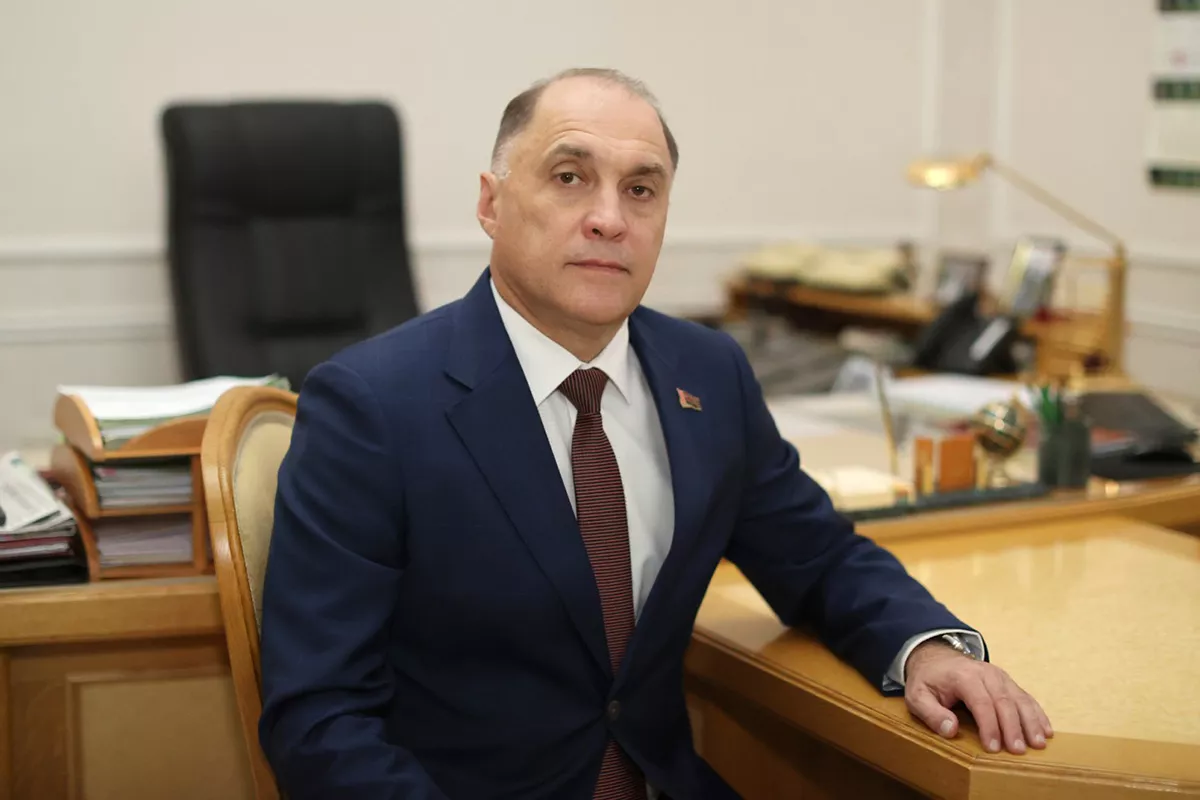
Storm clouds from the West
The latest surge in escalation was triggered by the scheduled military exercises Zapad-2025, Vzaimodeystvie-2025, Eshelon-2025, and Poisk-2025. At the same time, Western unfriendly policies towards Belarus have been ongoing for decades.
The joint exercises with the Russian Armed Forces, Zapad-2025, will take place from September 12 to 16. They are held twice a year, alternating between the territories of the two countries. The General Staff of the Armed Forces of the Republic of Belarus will take command of the exercises.
The Collective Rapid Reaction Forces (CRRF) of the Collective Security Treaty Organisation (CSTO) exercises Vzaimodeystvie-2025, Eshelon-2025, and Poisk-2025 have already begun. As of September 1, 2,000 servicemen from Belarus, Kazakhstan, Kyrgyzstan, Russia, and Tajikistan have taken part.
On September 2, the training range focused on countering drones using ZU-23 anti-aircraft systems, small arms, and anti-drone rifles. Additionally, an area was blocked off to simulate operations against a hypothetical illegal armed formation.
Both the CSTO exercises and Zapad-2025 are purely defensive in nature—unlike NATO’s offensive manoeuvres, which are regularly conducted near Belarus’s borders. The current CSTO exercises are taking place at the Losvido training range in the Vitebsk region, more than 230 km from the border with Latvia, a NATO member. At the same time, currently, 1,000 NATO troops are concentrated in Lithuania at the Pabrade training range, just 15 km from the Belarusian border. Additionally, 148 military aircraft have been deployed to airfields in Poland and the Baltic states.
Initially, Zapad-2025 was planned to take place at training ranges in the Grodno and Brest regions—along Belarus’s western borders, from where threats against the country have been continuously voiced. However, in May, to avoid escalating tensions, Minsk decided to move the exercises further east.
The initial expectation was for around 13,000 military personnel to participate, but later the Belarusian Ministry of Defence reported a reduction in their number.
Aggressive manoeuvers
Meanwhile, NATO is conducting much larger-scale exercises near Belarus’s borders. Minsk’s peaceful gesture of moving the exercises inland was not appreciated in Poland, with Warsaw stating that it would not change its plans for counter-manoeuvres.
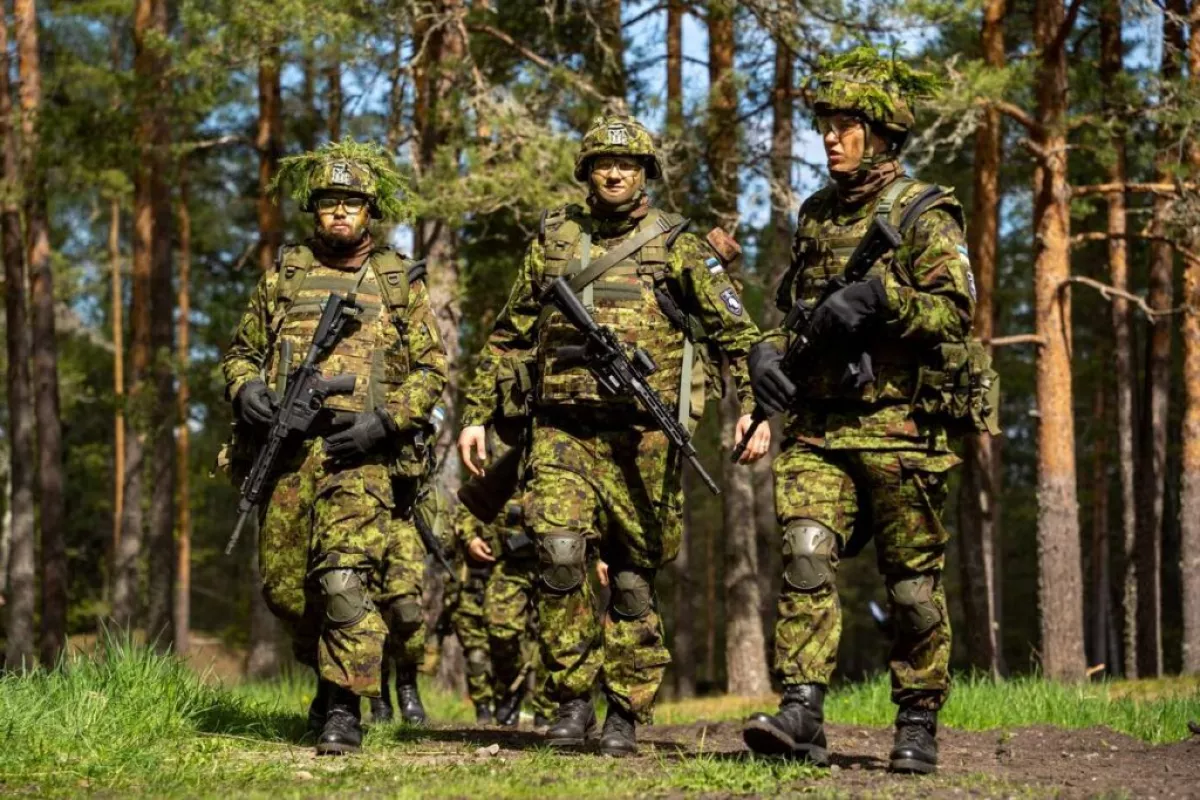
NATO exercises in the region are taking place almost continuously. In August alone, the following were held: Knight Pantheon 2025 and Baltic Trust 2025 in Latvia; Arsus Vilkas 2025 and Perkūno tvirtovė 2025 in Lithuania; and Hedgehog 2025 in Estonia, involving 16,000 Alliance troops.
Since August 29, new exercises, Oak Resolve, have been underway in Latvia with up to 3,500 military personnel participating. On September 2, NATO launched its largest maneuvers of the year near the Belarus–Poland border, Iron Defender-25. These involve 34,000 troops and 600 units of equipment. The exercises are named after the 18th Mechanised “Iron” Division (Siedlce, Lublin, Rzeszów). Among the objectives is testing the readiness of the newest American M1 Abrams tanks.
On the same day, Namejs 2025 began in Latvia, involving up to 12,000 troops and continuing until October 8. NATO openly states that it considers Belarus as a potential adversary.
At the same time, NATO is conducting naval exercises in the Baltic Sea, Quadriga-2025, involving more than 8,000 personnel, 40 ships, 30 aircraft, and over 1,800 units of equipment.
In total, up to 57,000 NATO troops will be involved in the exercises. By comparison, a maximum of 15–16,000 personnel are participating in exercises on Belarusian territory. According to Lithuanian experts, only around 2,000 Russian troops will take part in Zapad-2025.
At the same time, Zapad-2025 has invited observers from all 56 countries participating in the OSCE Vienna Document on Confidence- and Security-Building Measures in Europe. All 30 foreign military attachés accredited in Belarus will be able to attend, including representatives from nine NATO countries: Hungary, Germany, Türkiye, the Czech Republic, Italy, Norway, Finland, the United States, and Bulgaria.
Belarus, however, has received no invitations to NATO exercises in Poland or the Baltic states. Such secrecy can only indicate ill intentions.
Other signs also confirm preparations for direct aggression against Belarus.
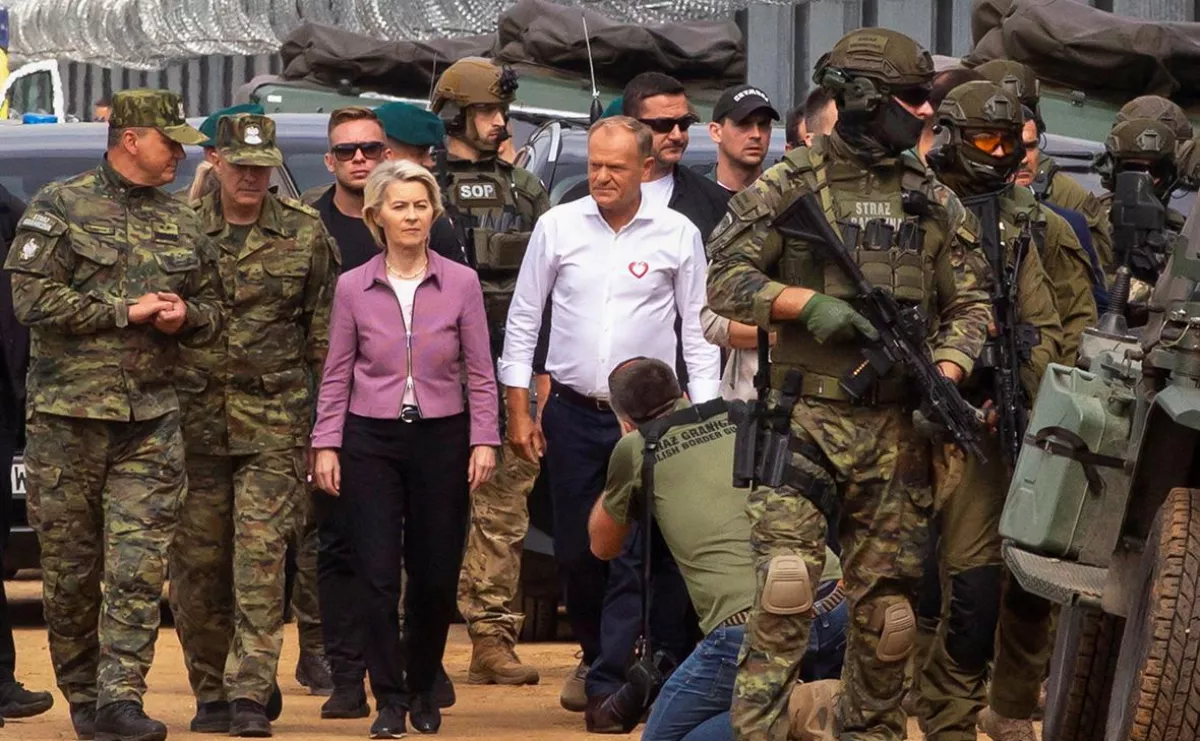
European Commission President Ursula von der Leyen, who visited the Poland–Belarus border in August, stated that in the new seven-year budget, defence spending has been increased fivefold, while funding for building roads to the borders with Belarus and Russia—allowing rapid troop movements—has been increased tenfold.
While Belarus is not militarising or expanding its armed forces, Poland in recent years has doubled the number of mechanised divisions and intends to increase its army to 300,000 personnel, which would make it the largest in Europe.
Unfriendly neighbours
Under the pretext of combating illegal migration, a large military formation has been deployed at the Belarusian border. However, even professional Polish military experts criticise this approach.
General Mirosław Różański, former commander of the Polish Armed Forces and of the Polish contingent in Iraq, stated that 17,000 troops—including anti-aircraft units, artillery, and sappers—should not be guarding the border, as this is the responsibility of the border service. In his view, this is effectively preparation for full-scale combat operations.
“And from our European neighbours, we see only unfriendly steps against our country,” noted Alexander Volfovich. “We are accused of posing a threat to Europe, as absurd as that may sound.”
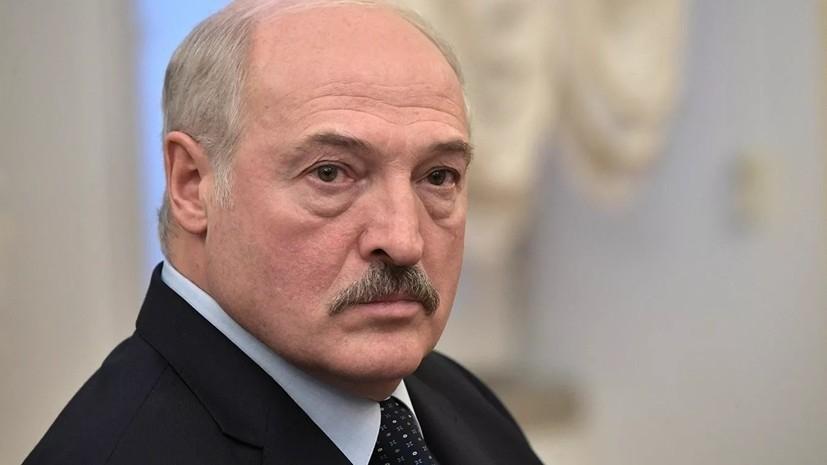
Despite Minsk’s peaceful stance and Alexander Lukashenko’s calls for an end to the war in Ukraine, the West continues to accuse Belarus of “aggression”: propagandistic, hybrid, and of participating in the “dismantling of Western Europe.” Belarus is openly labelled a “potential aggressor.”
All these accusations are primarily aimed at propaganda: shaping public perception and preparing mass consciousness for a major war.
The process of portraying Belarus as an enemy began long before the events in Ukraine. For example, in 2021, an SW Research poll for rp.pl showed that 46.8% of Poles considered Belarus a threat, 29.3% did not, and 23.9% were undecided.
The greatest fear of the “Belarusian threat” came from women and elderly people. Today, this fear-mongering has reached unprecedented levels.
Fugitive instigators
Nationalist opposition groups, based in Lithuania and Poland, also contribute to escalating confrontation. “Belarusian banners” and other illegal structures are being formed there, prepared for armed incursion into Belarus.
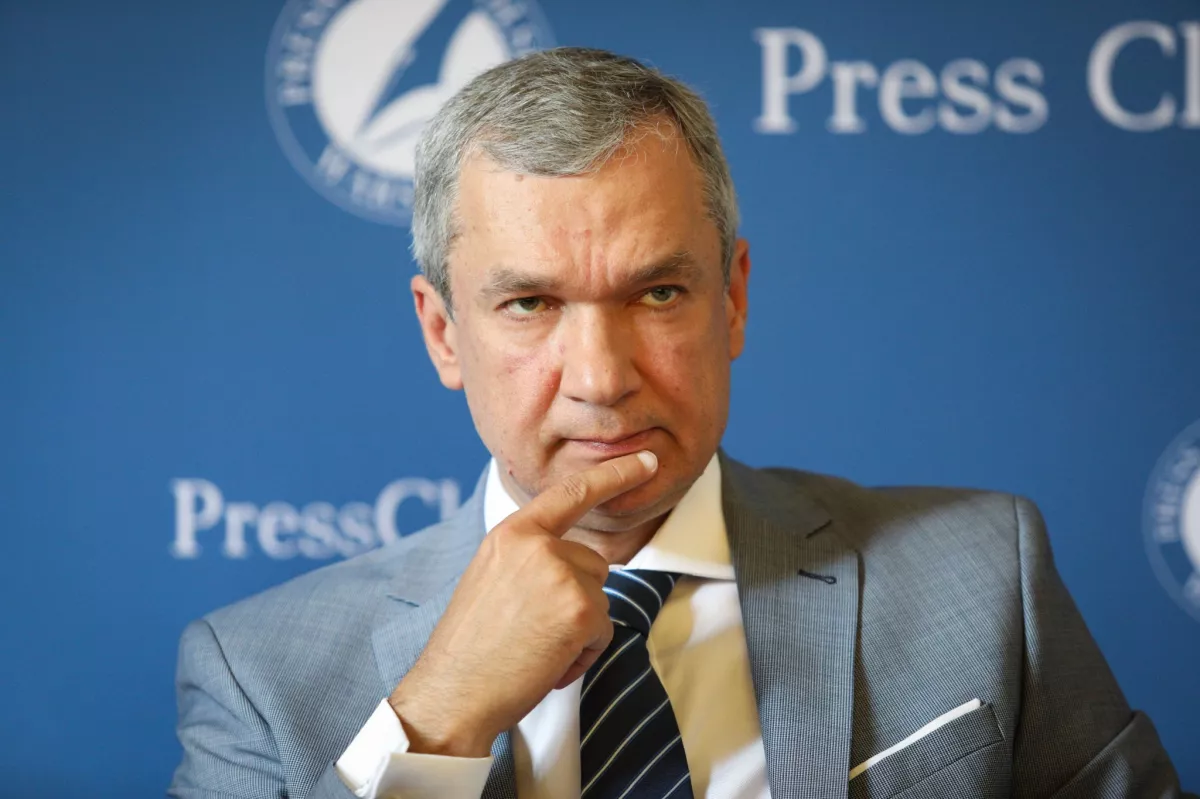
Former Minister of Culture Pavel Latushko, who defected to the opposition in 2020, constantly spreads statements about alleged aggression supposedly being prepared from Belarusian territory.
Sviatlana Tsikhanouskaya regularly engages in similar provocative rhetoric. At the NATO summit in Vilnius in 2023, she even proposed creating a working group “NATO – Democratic Belarus” to coordinate actions. According to her, it is “important for the Alliance not to lose sight of Belarus.”
Regarding the current exercises, underground opposition structures, including on the Belarusian railway, immediately began transmitting information about troop and equipment movements, which was confirmed by Polish media.
Extremist groups are spreading rumours about “ammunition being delivered” to warehouses in the Grodno region and other “incidents” near the Polish border.
***
Among ordinary Belarusians and Poles, Lithuanians, Latvians—and especially brotherly Ukraine—there is no hostility. The real reason for the negative attitude towards Belarus from Western elites is not a “threat to democracy,” but rather that the republic persistently maintains its sovereignty and independence, which irritates aggressive globalist circles.
Today, under difficult foreign policy conditions following the events of 2020, President Alexander Lukashenko and the Belarusian leadership are making every effort to protect the country and prevent it from being drawn into a major war.
Unfortunately, Western forces continue on a course of escalation, increasingly raising the level of confrontation.








